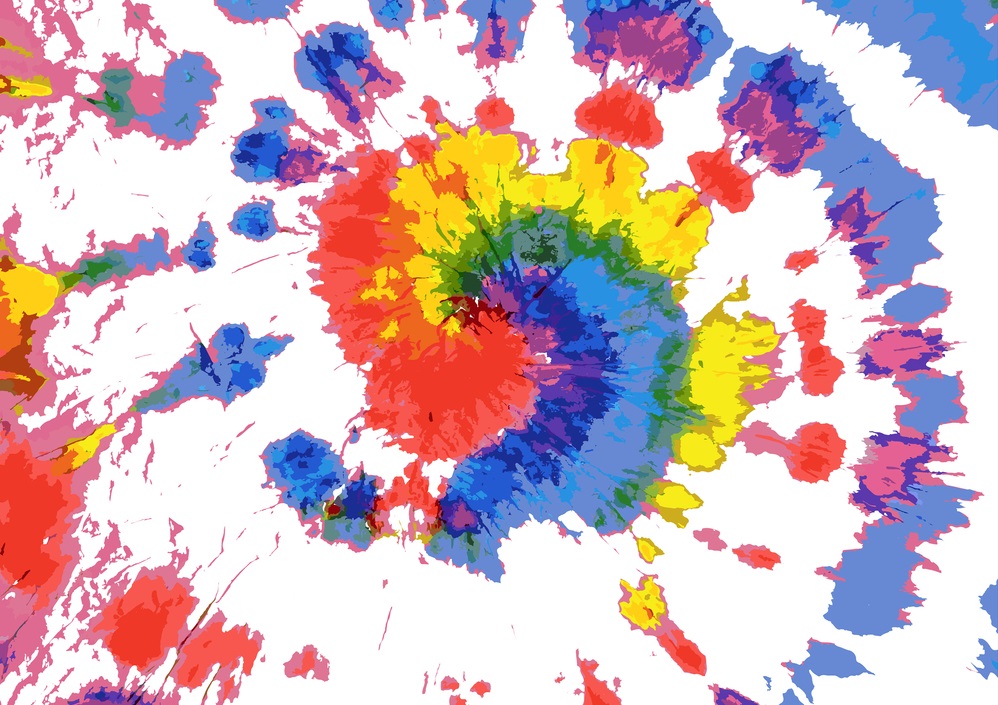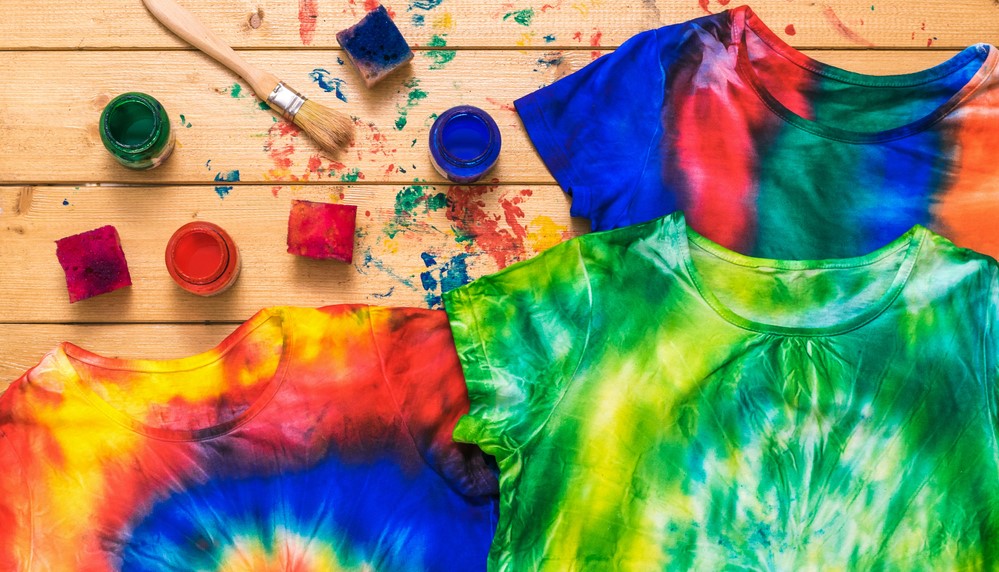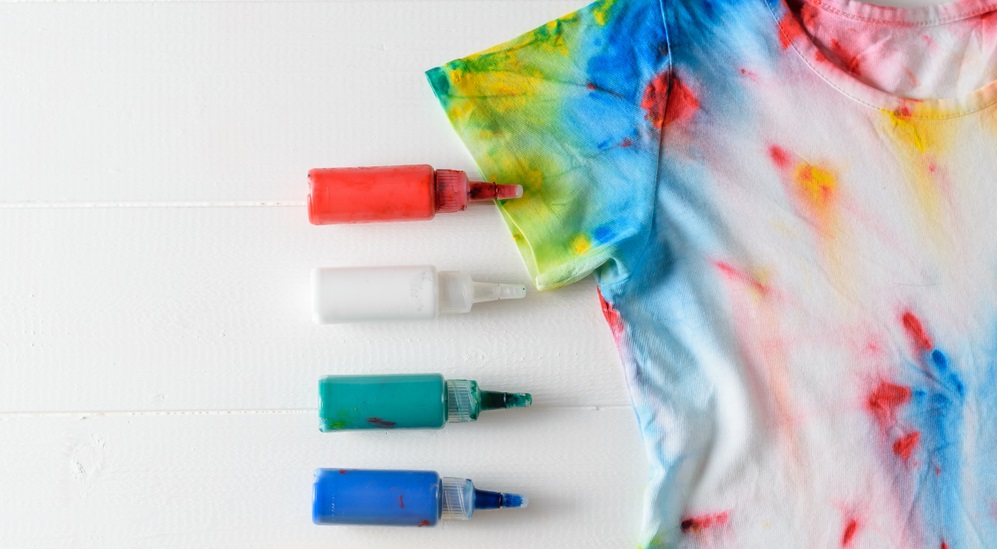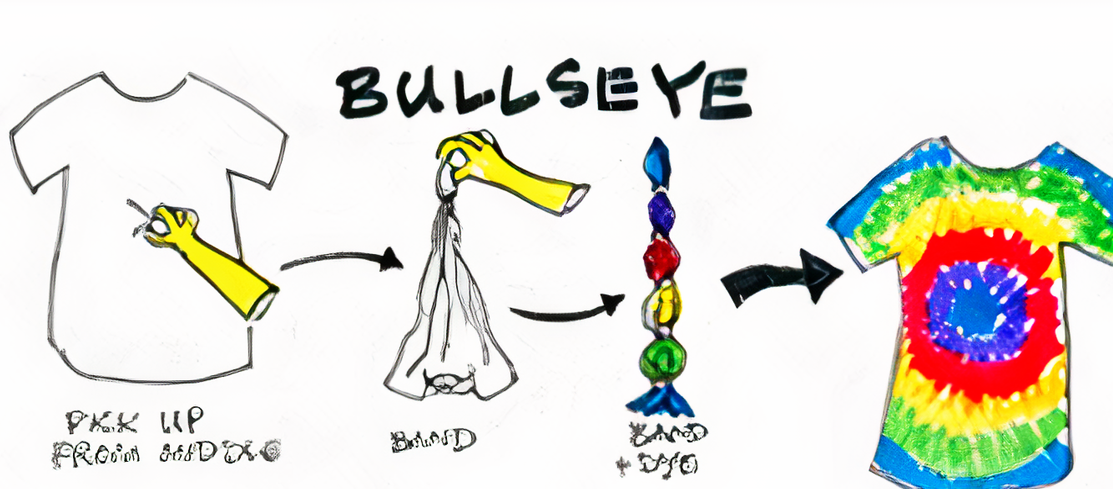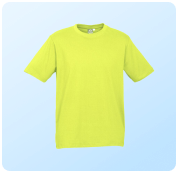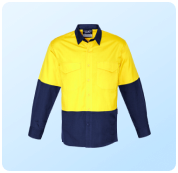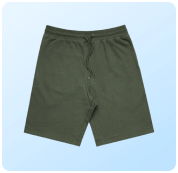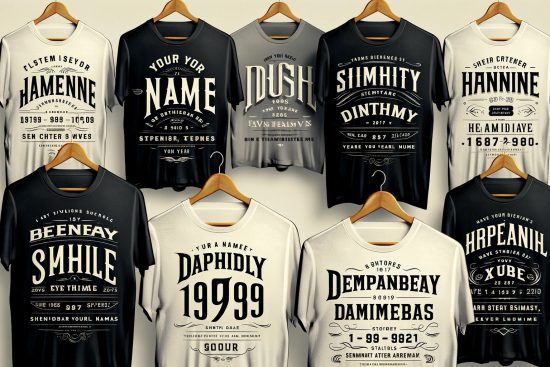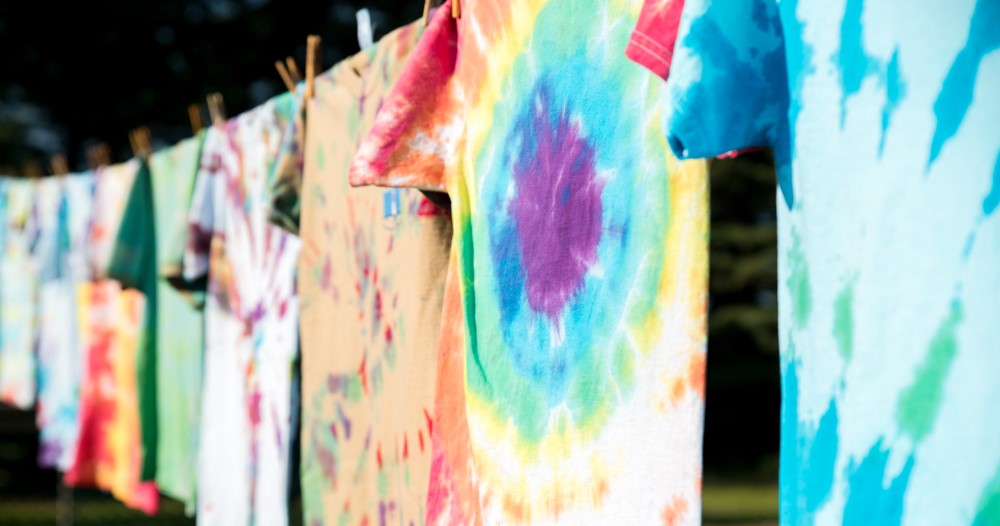
|
Getting your Trinity Audio player ready...
|
Tie and dye is a very well known method of dying clothes which mainly fall in the category of resist dyeing of textile. It involves binding, teeing, stitching and twisting the cloth to prevent the color dyes from reaching certain areas of clothing and that develops a unique pattern on the fabric. The traces of using the tie-dye method are found in almost every civilization from Egypt, China, Japan, India and Eastern Europe i.e. Turkistan.
There are a variety of techniques, color dyes and methods that evolved and are specific to geographical areas and innovate different kinds of patterns and color combinations of multicolored spider web shaped, crumbled, geometric patterns, tiny pinch circles, figurative shapes and many more. In the following article, we will elaborate on the topic of, How to Tie Dye a shirt for your guidance after reviewing the best solutions of color combinations, methods and types of pattern keeping in view the fashion trends of 2023 in mind.
This year the fashion report 2021 generated by BBC, also forecast the hype and trend of Tie Dye clothes as a preference for this year. To see the full report you can check the link:
Tie and dye is a very versatile shirt dyeing method but it is also the easiest as you can conveniently learn and practice it at home. It is a very meditational craft and you can try it with your kids, partner or friends. If you are a first-timer, we will help you to know how you tie-dye a shirt at home and what are the few important ingredients and creative ideas which educate you about it step by step.
So, first thing first, let’s see what type of colors are available and how you choose the color you need to tie-dye your first tee.
Tie-Dye Type Of Colors
Natural dyes
Natural dyes are the earliest form of dyeing material found by humanity from herbs, flowers, vegetable pigments. Natural dyes are also called organic dyes come from many different sources. They are most effective if applied to wool. Following are the few shades of colors that can be extracted from the vegetable, fruits and herbs.
- Pink = Beets, Red onion, Strawberries
- Peach = Avocado skins, Avocado pits
- Yellow = Onion skins, Carrots, Turmeric
- Blue = Black beans, Blueberries, Elderberries
- Green = Grass, Spinach, Artichokes
- Purple = Red cabbage, Basil leaves, Huckleberries
If you are interested to explore how to make natural dyes and tie-dye shirt at home, You can watch at House Beautiful.
All-purpose dyes
All-purpose dyes are a combination of direct and acid dyes which work on almost all fabric types. But the results of using all-purpose dyes are not as good as when you use an appropriate dye according to the quality of each fabric type.
See More: Does Polyester Shrink? Myths and Facts
The all-purpose dyes are mostly used in industrial dyeing in which heating is required as a part of the process. It can work for tie-dye but it is not highly recommended.
Acid dyes
Acid dyes are considered to be the best color dyes for the proteins fibers like wool and silk. They don’t work well on cellulose or cotton textile or clothes, also the process needs high temperature and low PH to give satisfying results.
Mostly they were used to dye silk fibers at homes for the women who do traditional embroidery on textiles as embellishment.
Best Dyes To Use For Tie Dye
For the shirt to be dyed at home, the key element is the color you choose and the pattern you would like to create through it. As we discussed above there are different types of color dyes available but each type of color has its advantages and disadvantages based on the fabric or textile selection of the shirt.
The best color for the Tie-dye method is called “fiber reactive dyes”, which is the only one of its kind of dye which will be used effectively at room temperature. It is also known as cold process dyeing and it is very safe for trying the shirt tying dyeing at home with children or friends. The method is very simple and it is equally doable for experts and beginners.
Type Of Dyeing Methods
Vertical/Horizontal Stripe
The stripe pattern is classic and vibrant if you use contrasting vibrant colors. The key pattern is to fold the piece of clothing horizontally; the result of dyeing will appear as vertical stripes. Similarly, the vertical folds will produce a horizontal stripe design. The same rule applies to creating a diagonal design.
Bullseye Design
The bullseye pattern design can be called the concentric circular form. You need to pinch the shirt where you want the center to be. Then you need to tie it with the help of rubber bands which create five to six equal sections of the string looking shirt fold. Now you apply two to three colors on both sides of the shirt and pack it in a plastic bag over 6-8 hours. Open it and give it a cold wash separately. Press and wear it.
Classic Spiral
The tie-dye circular spiral gives fantastic patterns in multiple colors. This tie-dye needs to mark the center of the spiral by twitching it and then twirl the fabric of the tee shirt in a circular motion until it becomes a circular disc type simpler compact thing. Then tie it by overlapping the center and make a pie like five to six sections using string or rubber band. Pour colors on both sides and leave them in a plastic bag. Unpack after eight hours and wash separately with cold water. And ready to wear after ironing.
Lay the garment on a flat surface, smooth out all the wrinkles, then make a small pleat right across where you want the center to be. Grab the very center of that pleat and spin it around, in a circular twist. Not tie it with the help of rubber bands and create sectional pies. You can use two to three colors by pouring in the alternative pie section. The pattern outcome will overlap the colors and create the various shades and tones in a circular formation.
Circles

Another technique is to use small beads, marbles or beads tied with rubber bands to pinch and bind fabric in several places all over the garment. This will make circles of color. With different patterns according to the grip of the fabric and pouring colors on the damped fabric. The shirt or fabric should be kept in a plastic sealed bag for eight hours and then wash it with cold fabric.
Final words
Tie-dye is one of the oldest techniques of dyeing clothes and creating patterns through it on the piece of clothing. Its design variations and methods are found in almost every geographical civilization in history. There are different techniques of tie-dyeing a fabric or shirt and this article will provide you with an insight into the type of colors needed for a certain fabric and how different tying methods create different designs.
See Similar Articles:
- Tee Shirt Design Step by Step Guide
- Why Eco Friendly T Shirt Are Preferable?
- Activewear Trends In Australia

